|
The Great Migration Blacks made the journey because job opportunities were better in Northern and Midwestern cities, as well as in some cities in California. The spread of Jim Crow segregation laws and even violence against African Americans also led many blacks to decide to move out. |
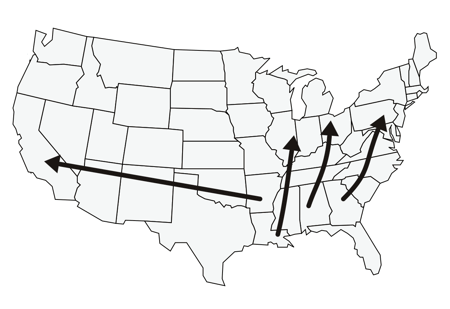 |
|
Starting a new
life far away wasn't easy
African Americans arriving in Northern cities often landed in the older, run-down parts of town because the apartments in those areas were the cheapest. It wasn't easy to make a new life, especially for those who moved from farming areas and small towns in the South. They were not used to the very different patterns of life in a large, crowded city. This photo shows an old tenement neighborhood in Chicago around 1920. The tall building is a neighborhood school. |
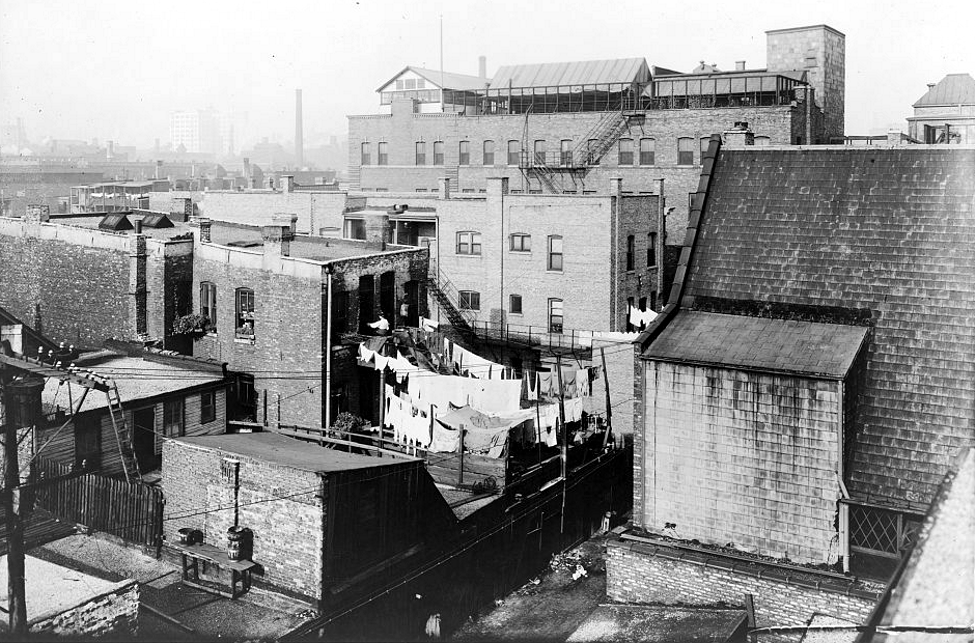
|
Twenty years
later in Chicago
This photo shows a group of African Americans in a Chicago neighborhood in 1941. Many blacks who were part of the Great Migration did improve their life, and increased the opportunities for their children. Many others, however, found themselves stuck in low paid jobs and slum neighborhoods, with little hope of moving up. |
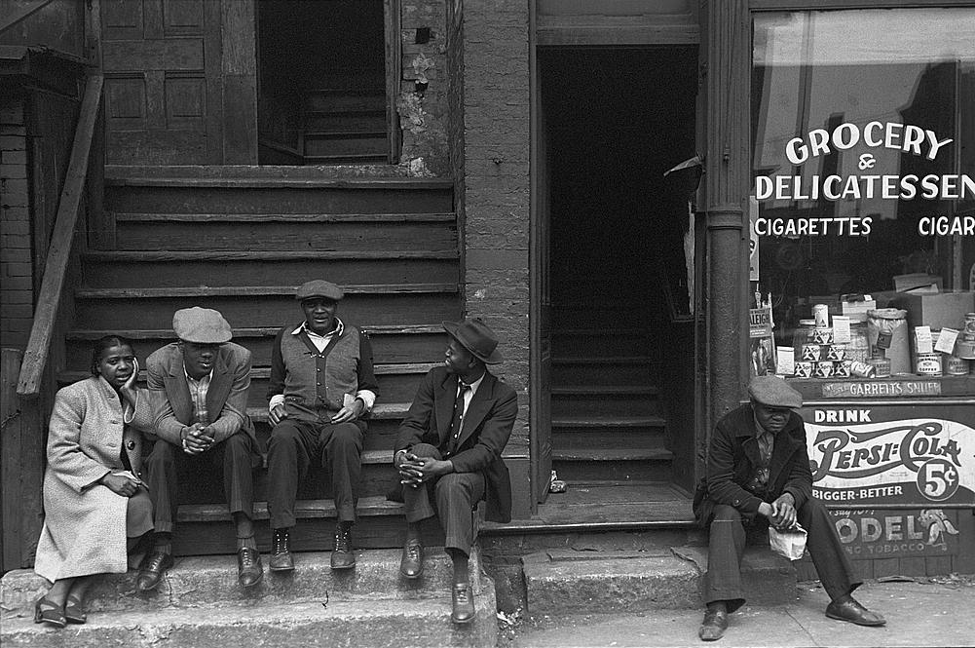
|
A growing black
middle class
In Northern and Midwestern cities the black middle class was growing steadily larger during the 1940s and later decades. It included shop owners and professionals such as office workers and nurses. Some were people who had arrived in the Great Migration, or their children. Others were from black families that had lived in those cities even before the big migration from the South began. The photo below shows an area of shops and nice apartments in an African American neighborhood in Chicago in 1941. |
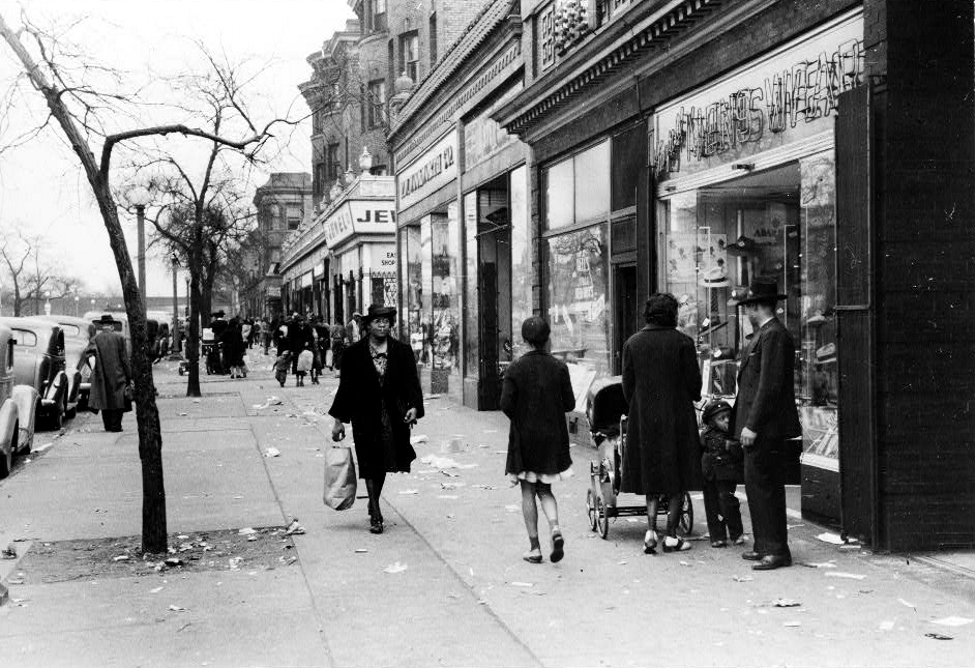
|
Racial lines
remained a problem
Jim Crow laws like those in the South were not common in the North, Midwest, or West. Social customs and racial discrimination, however, did draw lines between whites and blacks even in those parts of the country. These photos show a dispute that erupted in Detroit, Michigan, in 1942. The whites were protesting against blacks who tried to buy new homes that had just been built in the neighborhood. Middle class black families wanted to move out of the older, run down parts of town and into the nicer areas of the city. Whites feared that blacks moving in would hurt their home values, and bring crime or other problems to the neighborhood. In this case, the mayor of Detroit ordered police into the neighborhood to keep peace as a number of black families bought homes and moved in. There were cases in Detroit and other cities, however, where racial disputes like this led to real violence. |
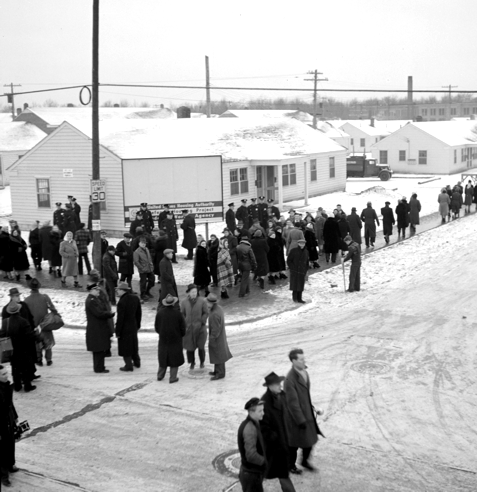 |
|
A big shift in
population patterns
The Great Migration that started in the 1910s slowed to a trickle during the 1930s, but from the 1940s until about 1970 it continued as a clear pattern of population flow. The migration reduced the overall black share of the population in the South. Over six million blacks moved out of the South during that entire period. The black population in the cities of the North and Midwest increased dramatically over that same time period. Most Northern and Midwestern cities had only a small population of African Americans in 1910. By 1970 many Northern cities were more than 20 percent black. Chicago, which is shown here, was almost one-third black (and still is today). |
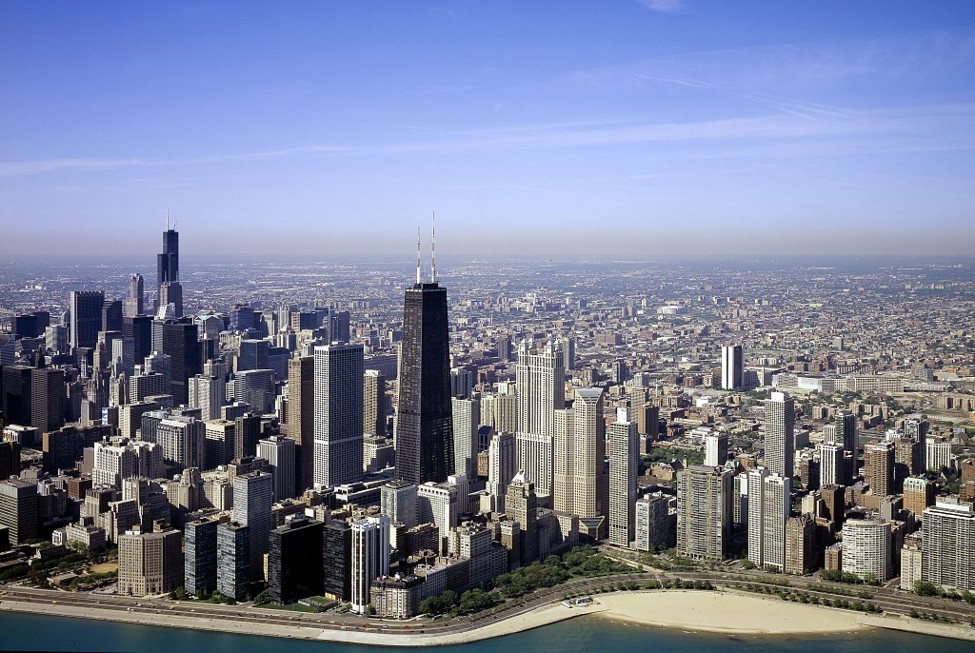
The photos are from the Library of Congress.
Some have been edited or resized for this page.
|
Copyright Notice
Copyright 2010, 2020 by David Burns. All rights reserved. |